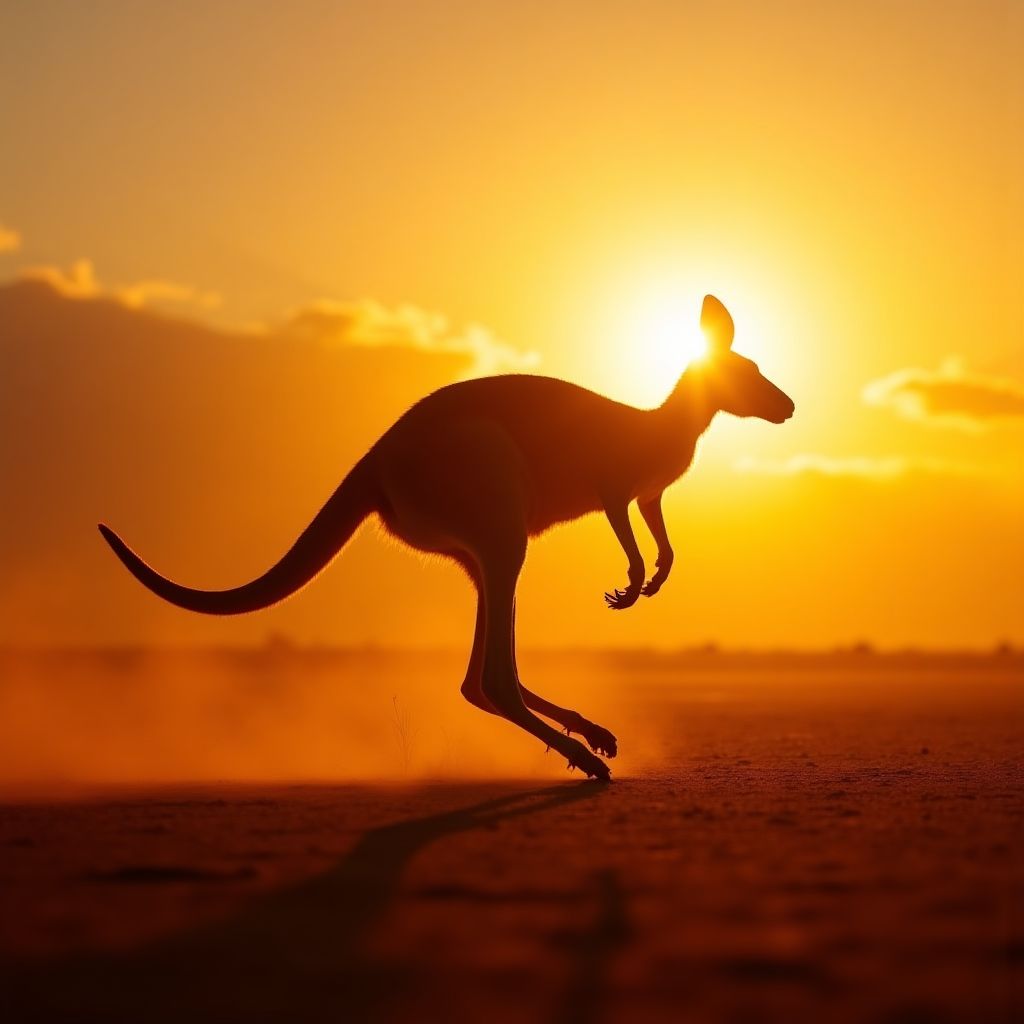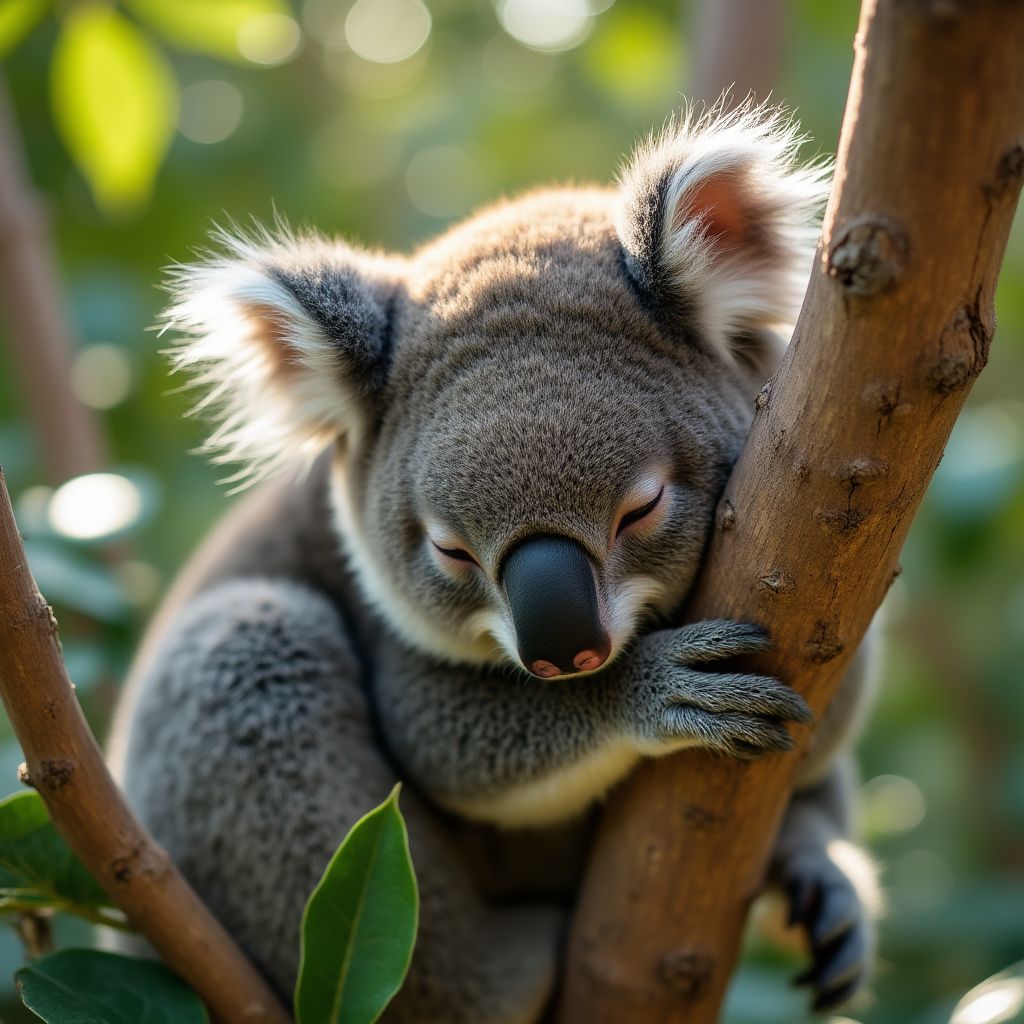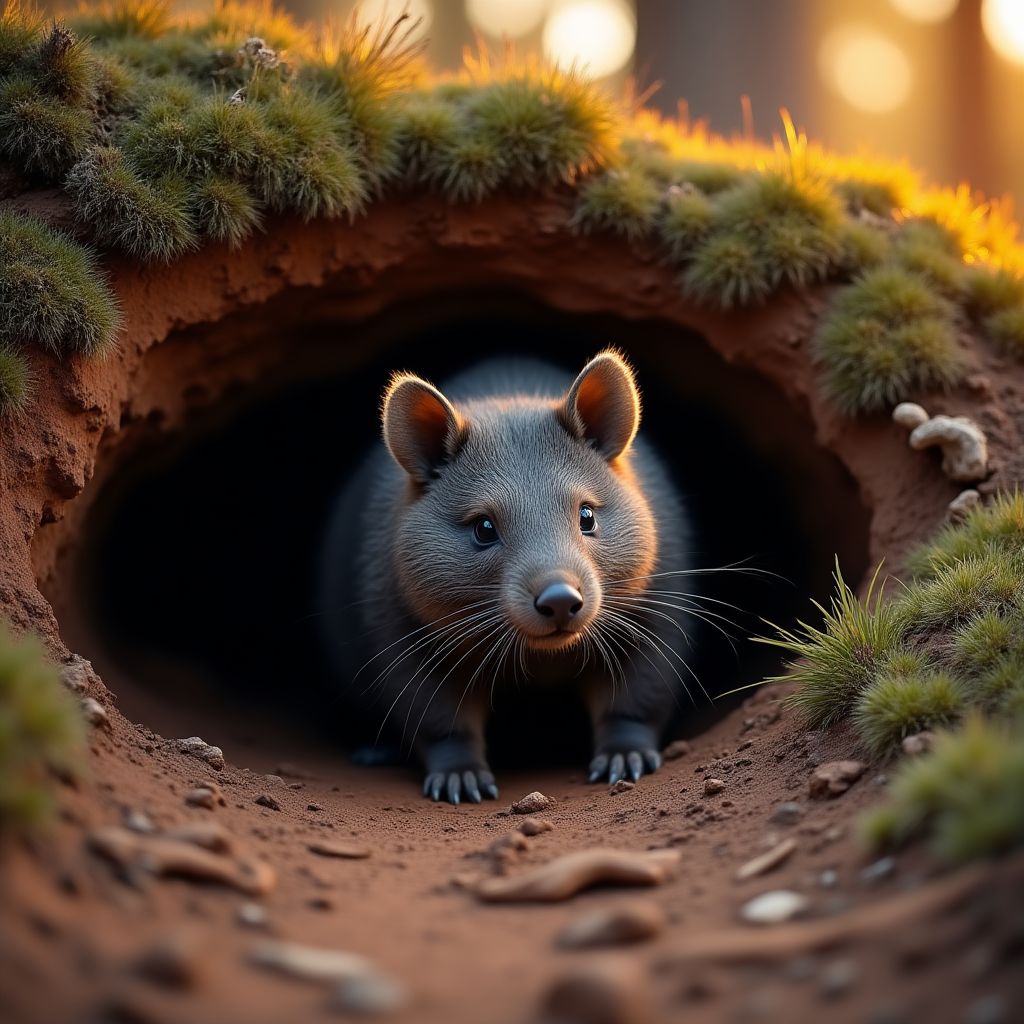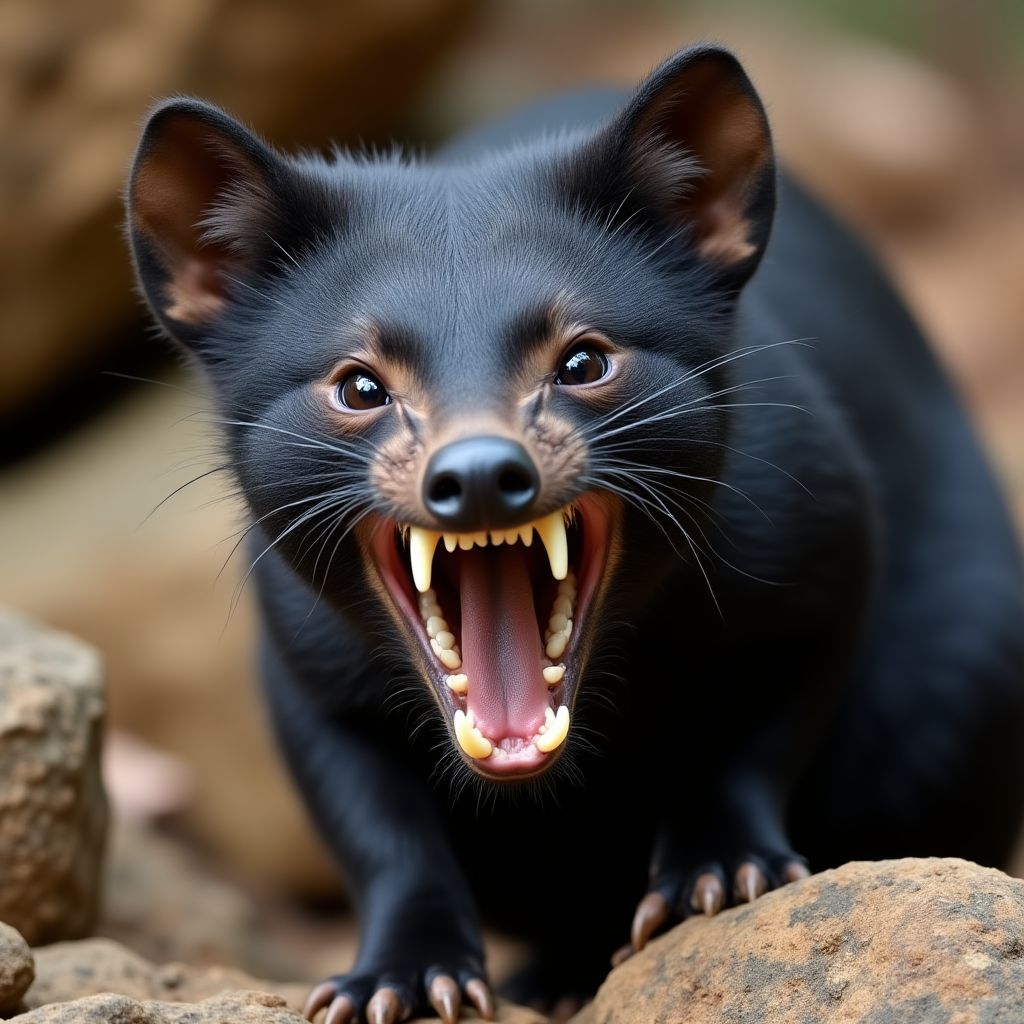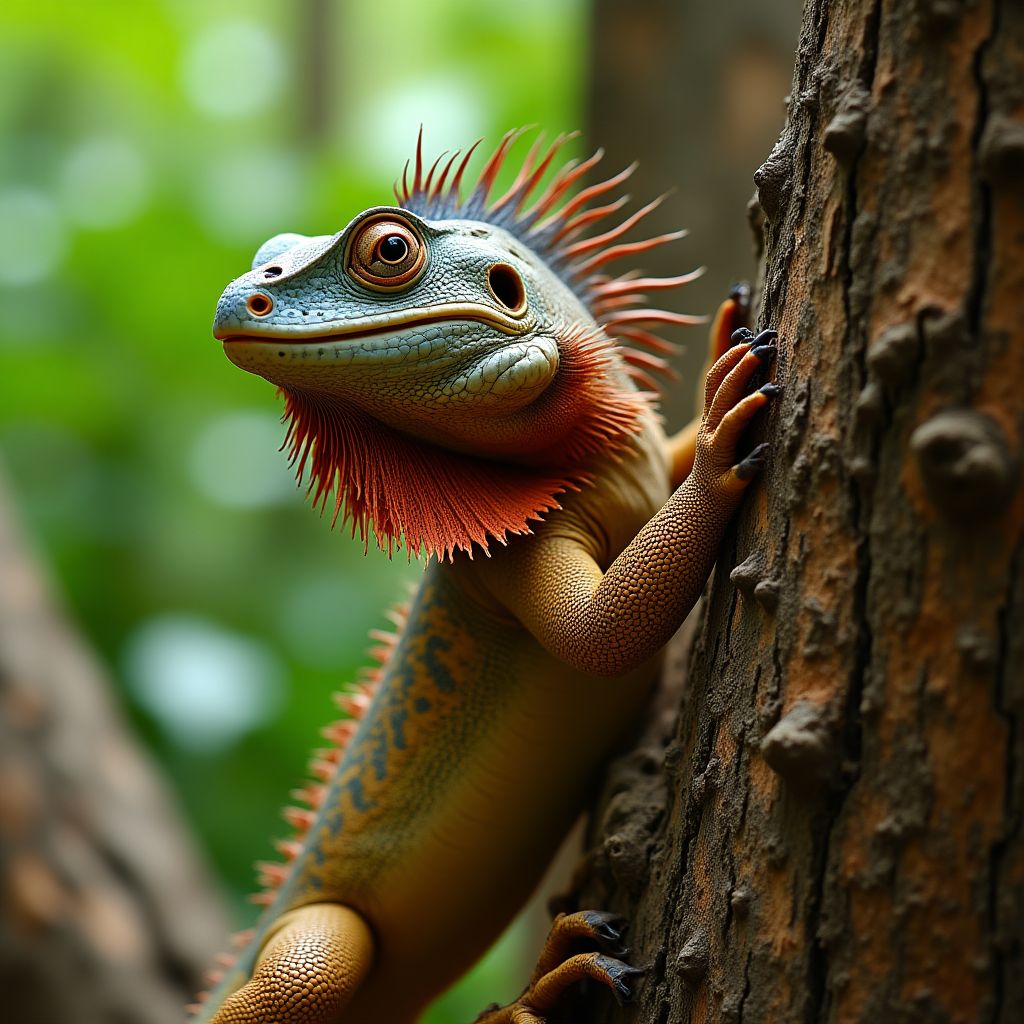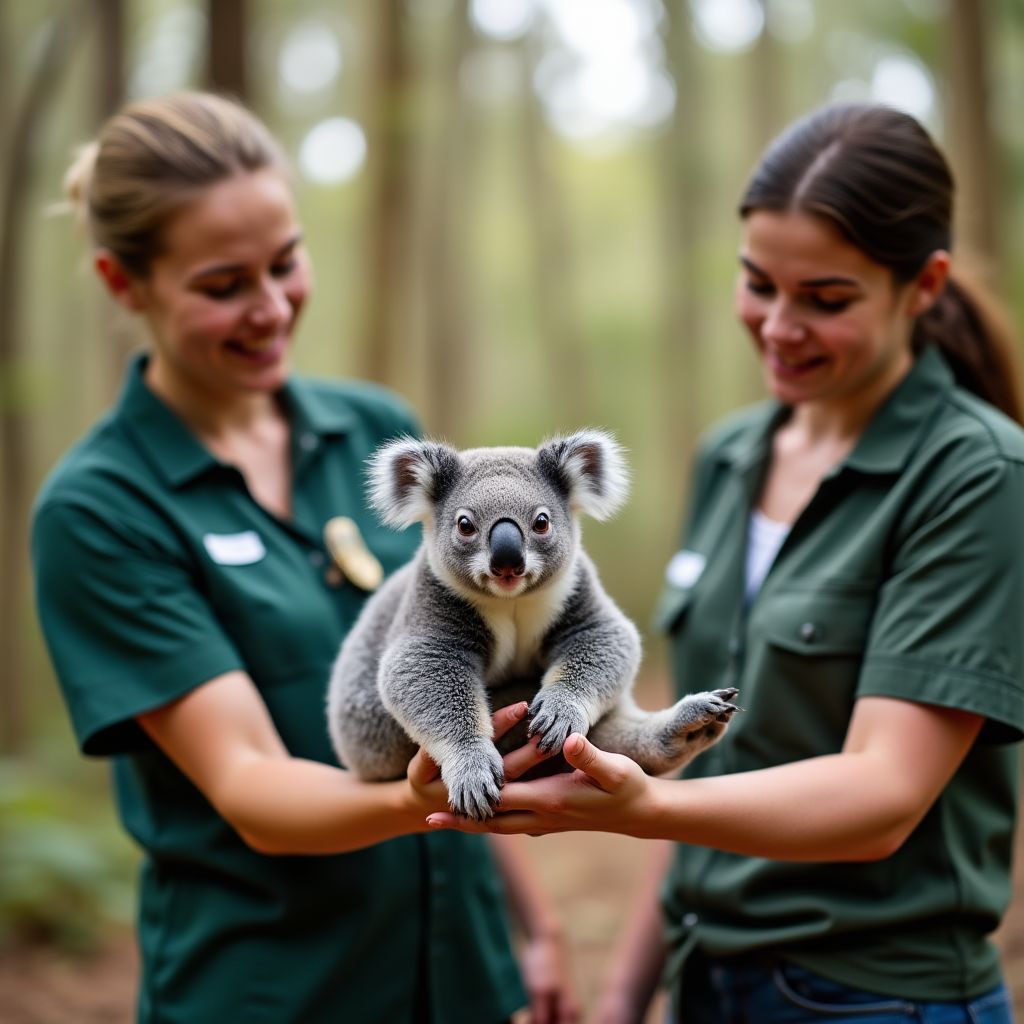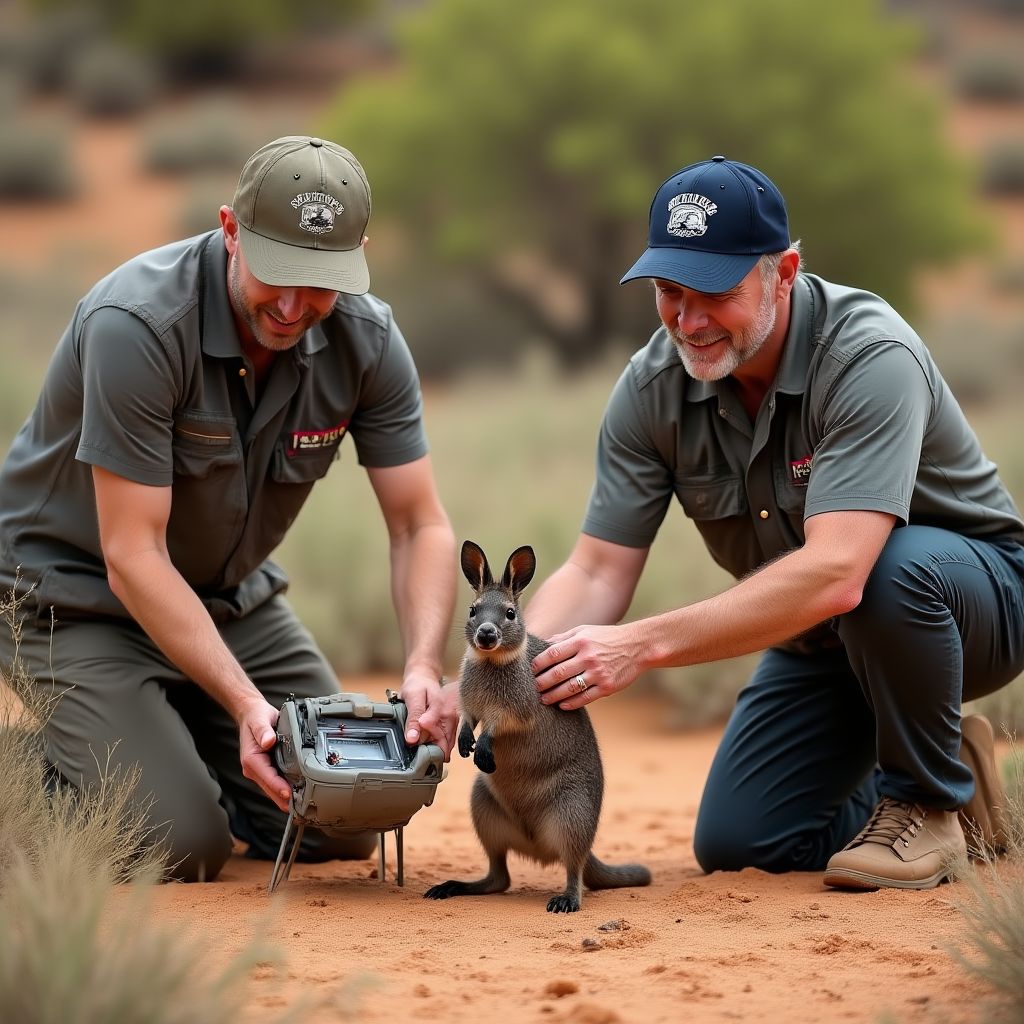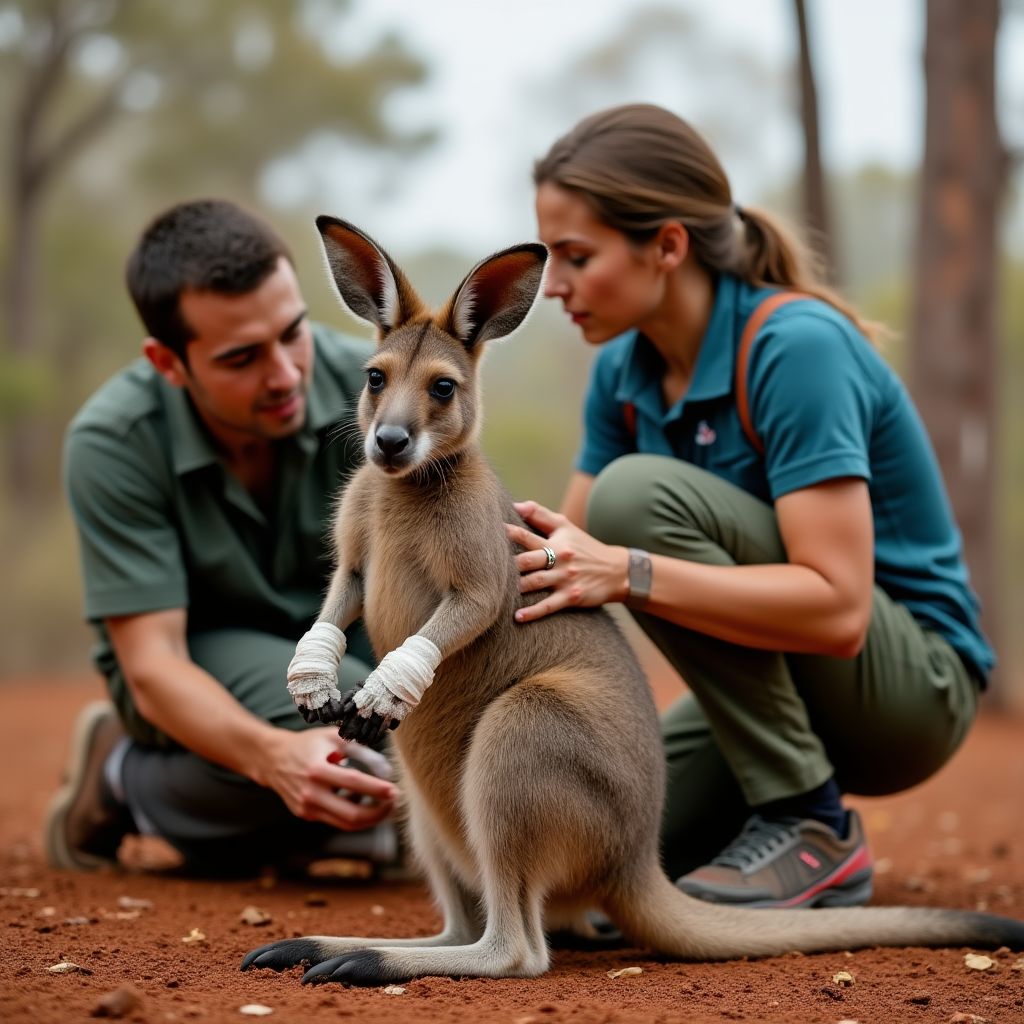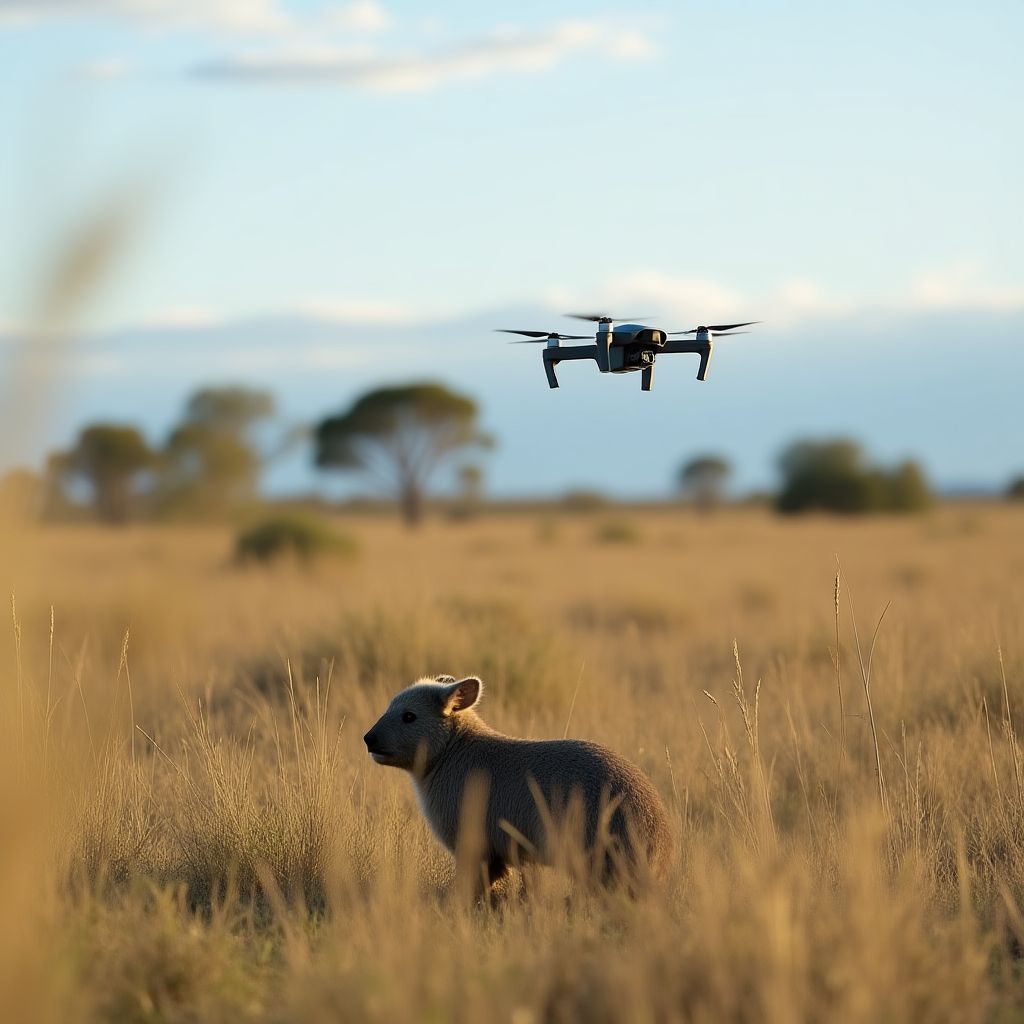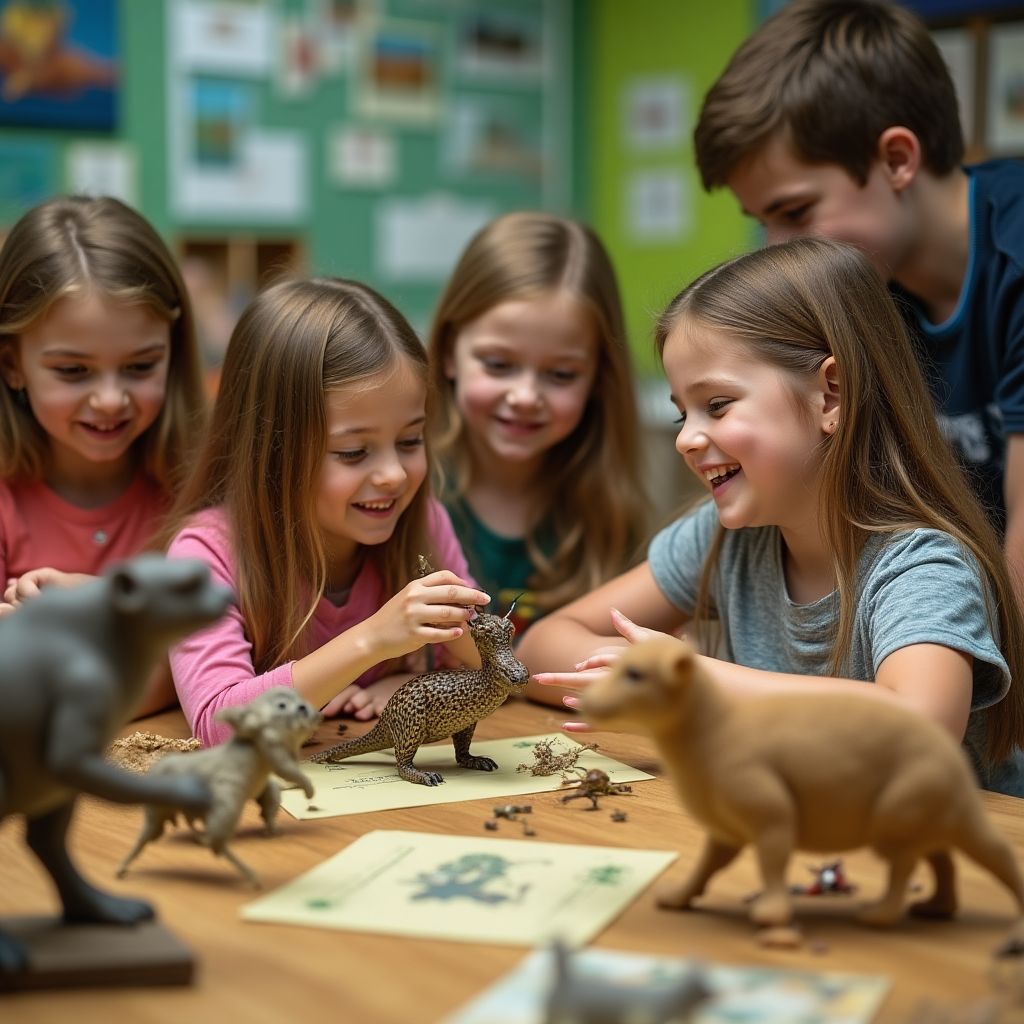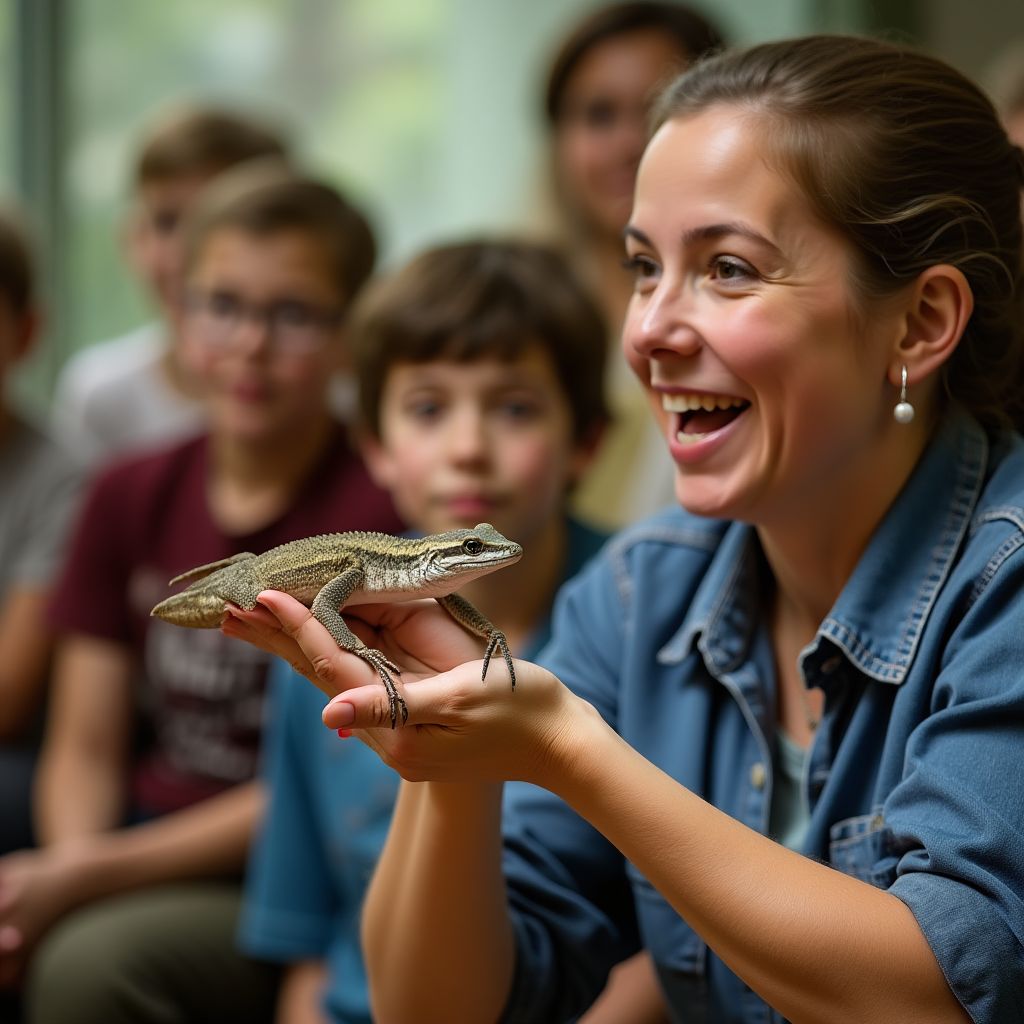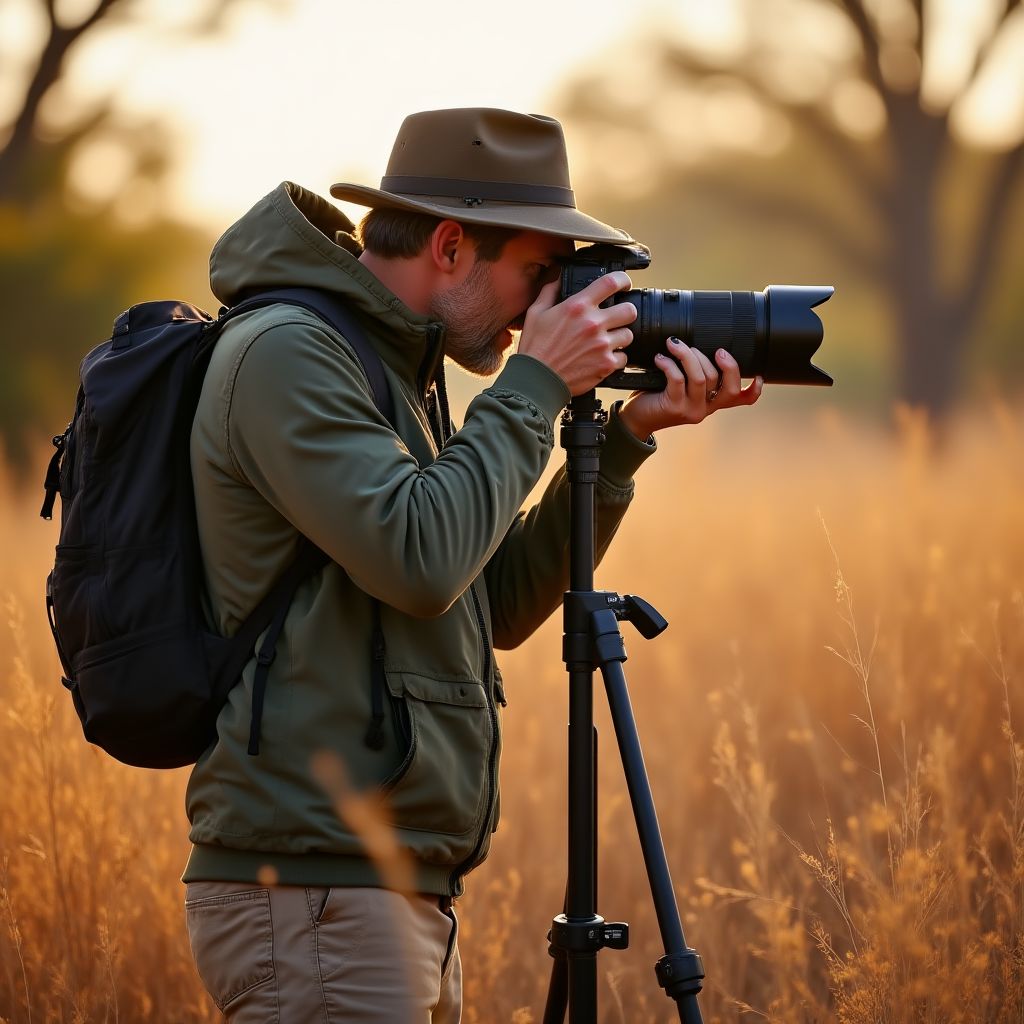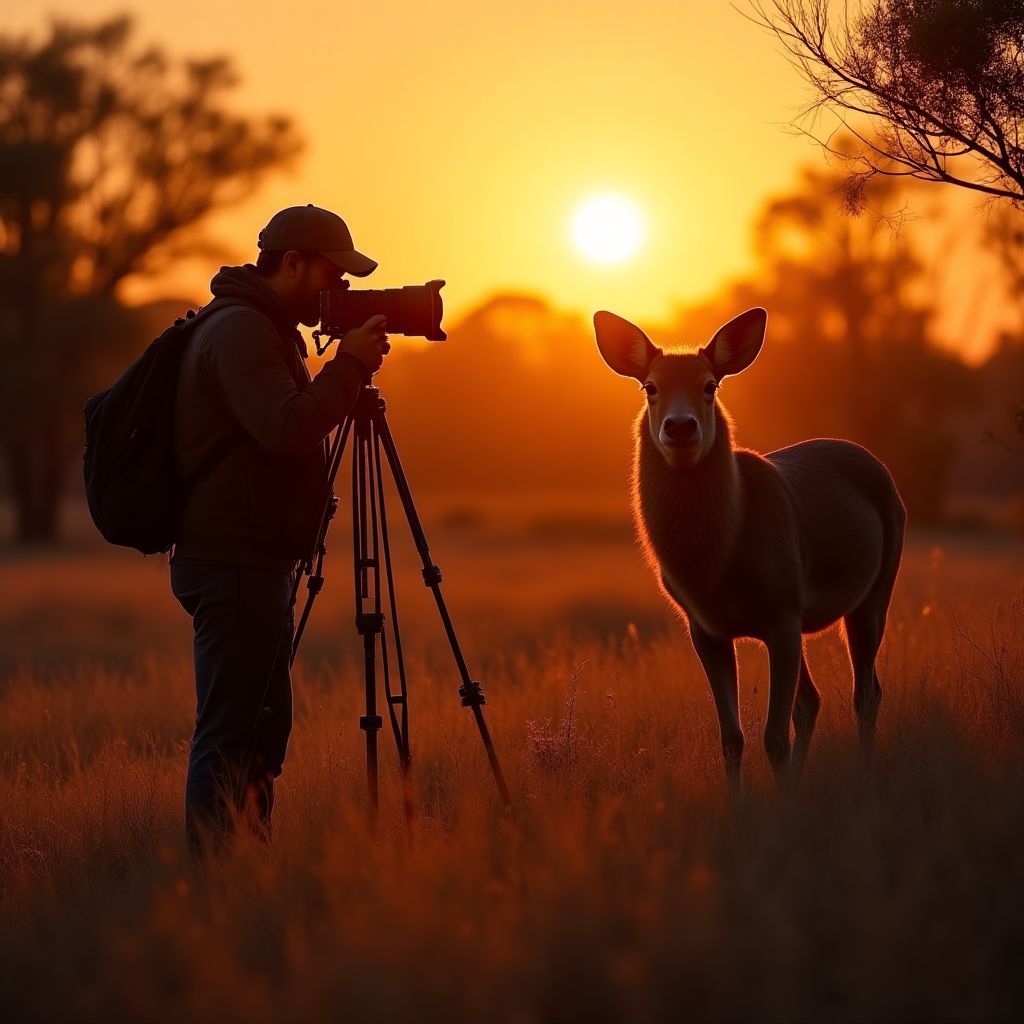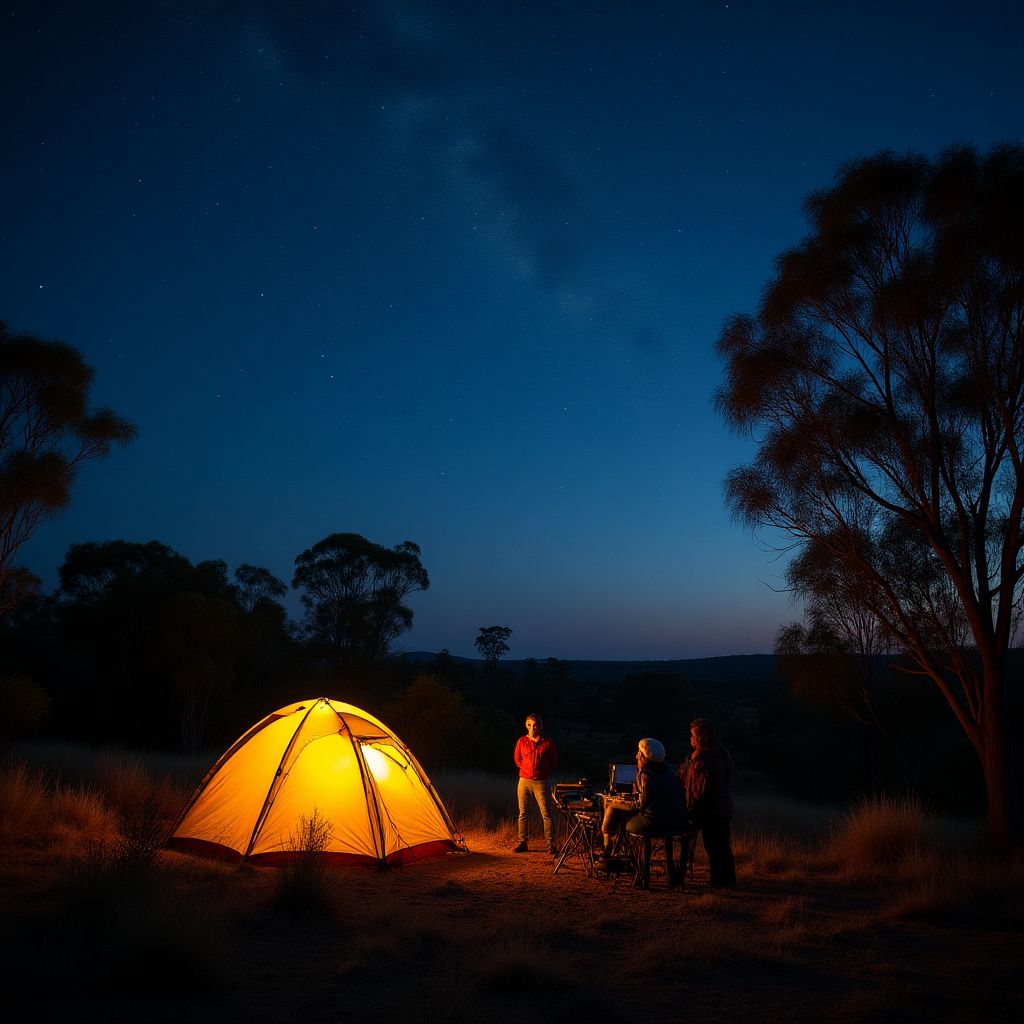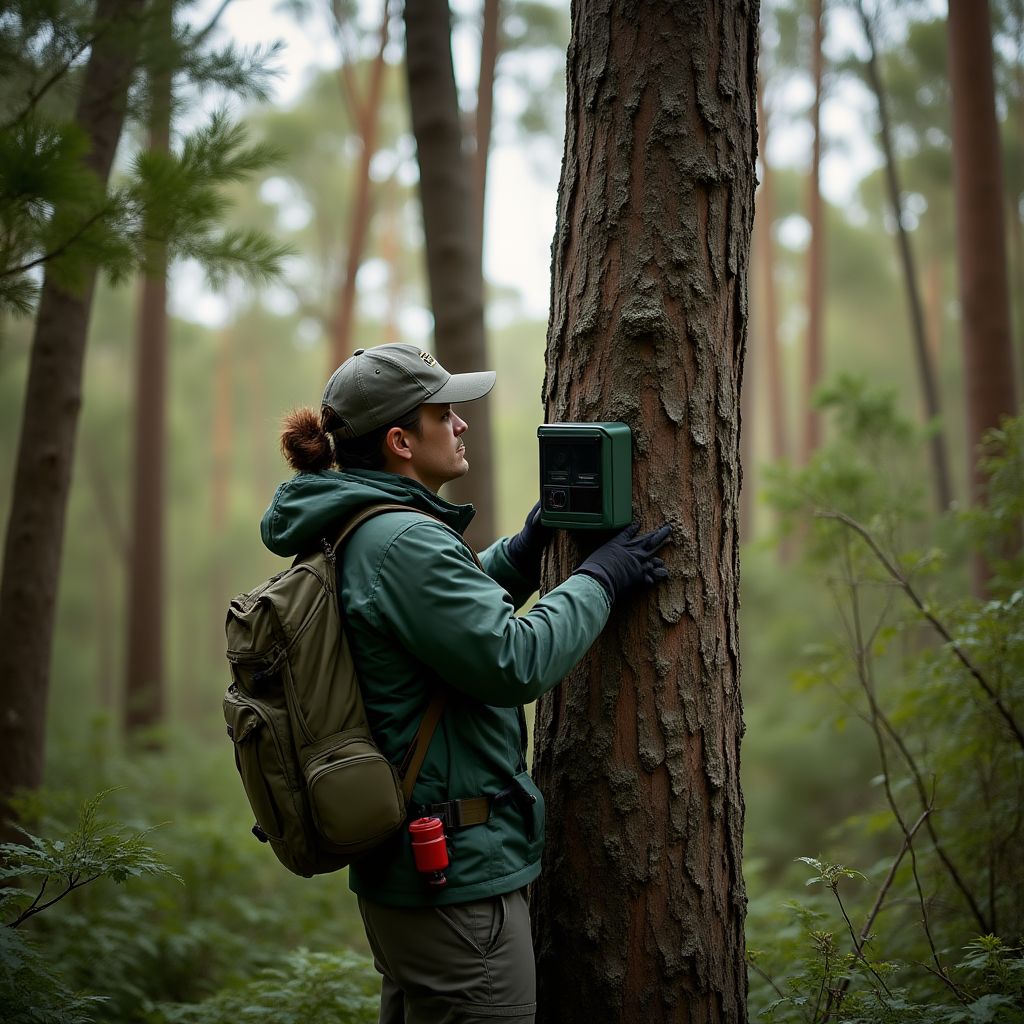Our Mission
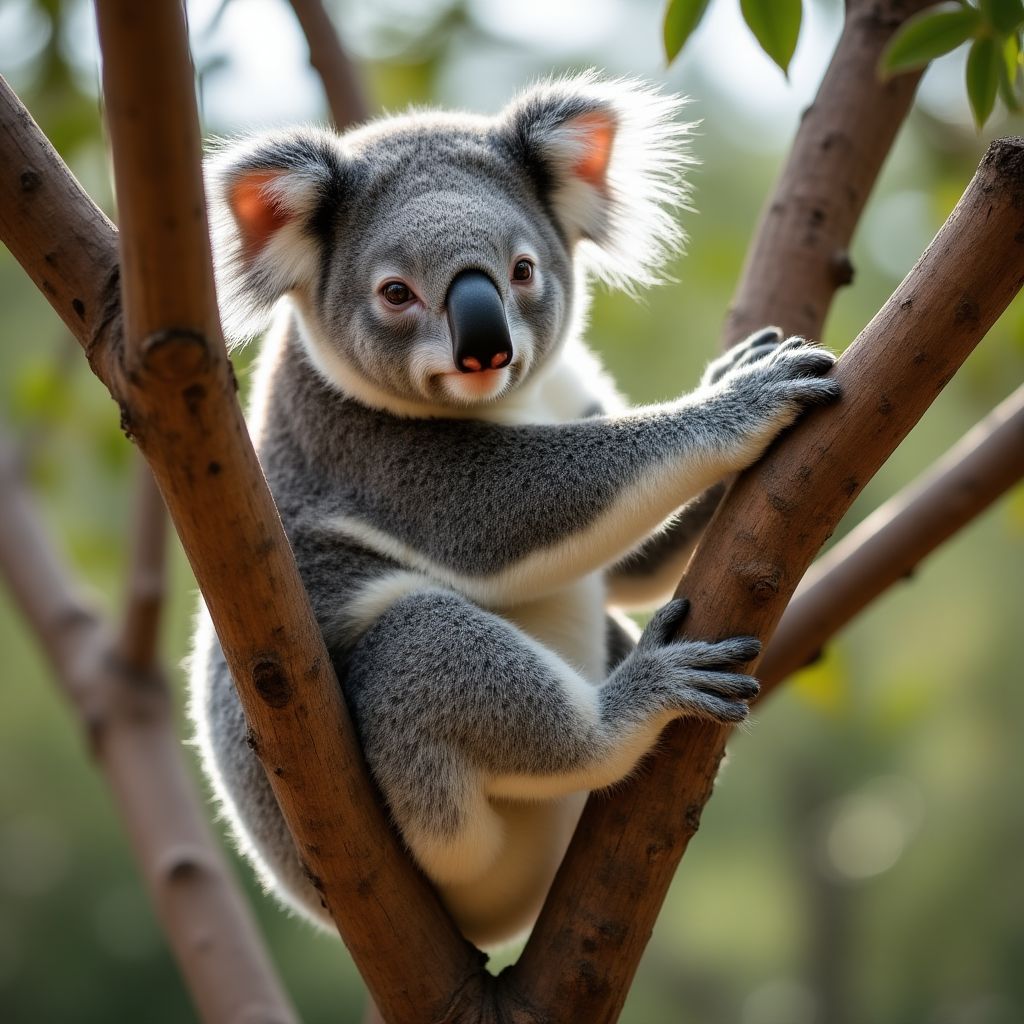
Protecting Australia's Unique Biodiversity
At Aussie Wildlife, we're dedicated to documenting, preserving, and advocating for Australia's remarkable native species through education and conservation initiatives.
Australia is home to some of the world's most unique wildlife, with approximately 87% of mammal species, 93% of reptiles, and 94% of frogs found nowhere else on Earth. This extraordinary biodiversity is the result of Australia's geographic isolation for millions of years, allowing its fauna to evolve distinctly from the rest of the world.
Our mission extends beyond simple documentation. We actively participate in conservation efforts, habitat restoration projects, and community education programs that foster a deeper connection between Australians and their natural heritage. Through our articles, photographs, and educational resources, we aim to inspire both locals and international audiences to contribute to the protection of these irreplaceable species.
150+
Species Documented
25
Conservation Projects
10K+
Educational Reach
